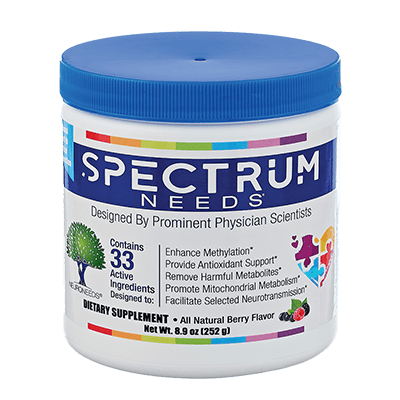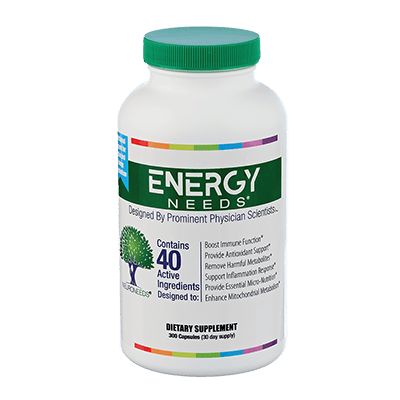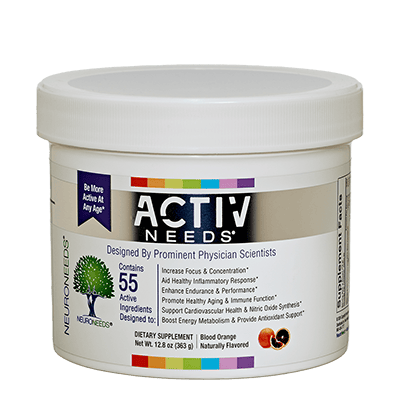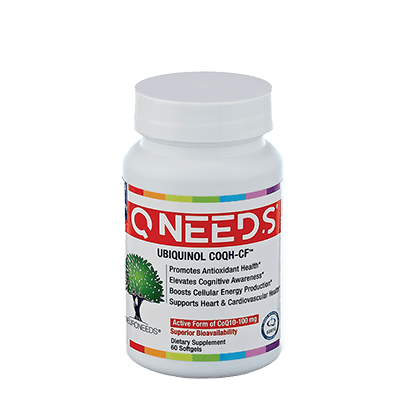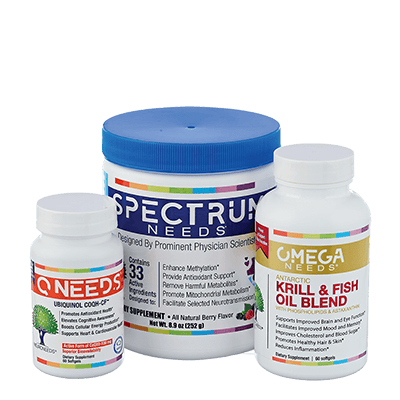May 26, 2023
Cyclic vomiting syndrome (CVS) is a condition manifested as ongoing intermittent episodes of nausea and vomiting. Episodes can occur in a regular (cyclical) fashion, be triggered by stresses, and/or apparently develop at random, but are similar to each other (stereotypical) in each sufferer. The disease is relatively common, occurring as frequently as in 2% of elementary school children in studies. CVS is often confused with migraine, and many experts consider this condition to be a form of migraine. Disability is the rule as continued episodes greatly interfere with school or work. Despite it being common and disabling, the cause of CVS was heretofore unknown, although many hypotheses were published.https://www.frontiersin.org/articles/10.3389/fneur.2023.1151835/full
The lack an established etiology (cause) has resulted in a plethora of different treatment modalities, all of which have issues of effectiveness and tolerability. This month (May, 2023), Dr. Richard Boles (the Medical & Scientific Officer of NeuroNeeds) was the senior author of an article published in the journal Frontiers of Neurology that provided evidence for a unified hypothesis as to the etiology of CVS. In this work, 22 genes were identified as at least likely related to CVS based on extensive DNA sequencing in 80 unrelated patients with that disease. Seventy-five of the 80 patients had whole exome sequencing (WES = all ±23,000 genes) or whole genome sequencing (WGS = the entire DNA). Most of these genes identified in this study have not been previously associated with CVS.
Based on the results, Dr. Boles’ group has hypothesized a disease model of a vicious cycle of abnormal cation (positively-changed salts, such as sodium and calcium) transport and energy metabolism. This disease model incorporates all of the previously known associations for CVS, including defective energy metabolism, stress response, autonomic nervous dysfunction, ion channels, and the relationship of CVS to migraine. Their model also explains the efficacy of the commonly-used medications and supplements in CVS such as amitriptyline, propranolol, anticonvulsants, and mitochondrial cocktail (e.g., coenzyme Q10/ubiquinol, carnitine, antioxidants, etc.), and suggests additional treatment options not in the literature. Additionally, this work allows for genetic testing in CVS for the first time, as a Qualifying (likely to alter protein function) DNA variant in a candidate gene was present in 61/80 (76%) of the participants.
A second paper by the same authors (submitted for publication) provides further clinical information on the 80 above participants with CVS, including 9 detailed case reports to assist physicians in translating the recent gains in knowledge into the patient care they deliver. By evaluating which cells of the body express the candidate genes, in that second paper the Boles group proposes an anatomical model in which the primary location of CVS is likely in the vagal nerve and adjacent cells.
Dr. Boles was the senior author who was involved in all steps of the study and publication. Omri Bar, entering medical school this autumn, performed most of the work as the first author. Additional authors included Kellee Weiner, Laurie Ebenau, and Dr. Mark Mintz. This work was preformed and funded by NeurAbilities, a private healthcare company specializing in neurological disorders in the Philadelphia area, but also offering telemedicine services, including interpretation of whole genome sequencing (WGS) in CVS, autism, and many other conditions.
The Content within this article and NeuroNews Blog is not intended to be a substitute for professional medical advice, diagnosis, or treatment. Always seek the advice of your physician or other qualified health provider with any questions you may have regarding a medical condition. Never disregard professional medical advice or delay in seeking it because of something you have read on this Blog.

